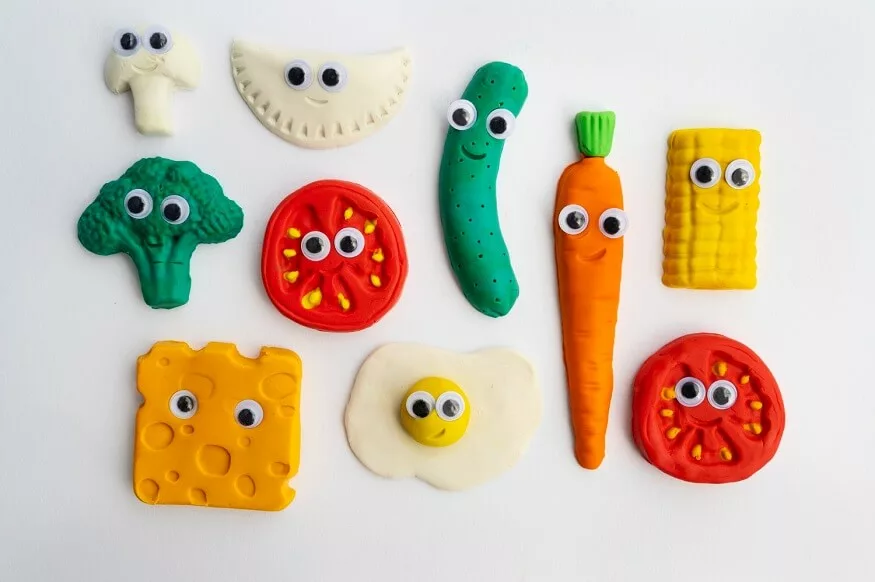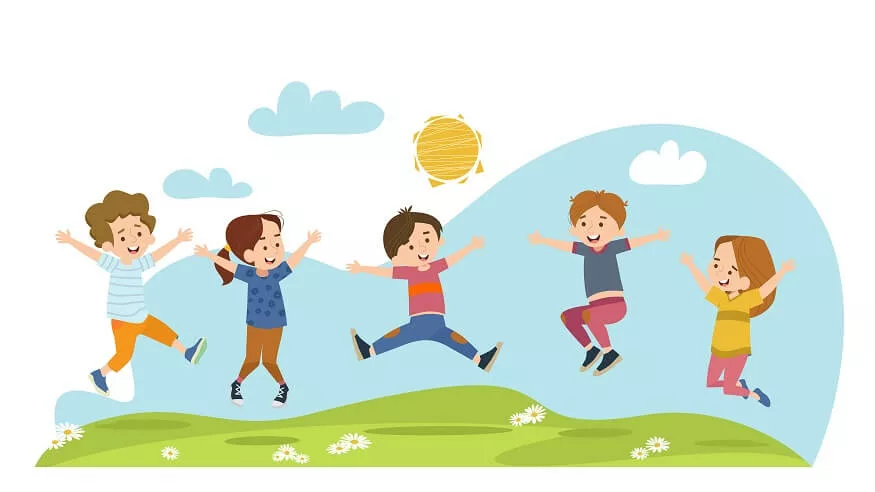Language, the intricate web that connects us, is a remarkable facet of human existence. For children, the journey of language acquisition is an awe-inspiring process that unfolds with an inherent grace. In this exploration, we delve into the marvels of how children learn language, examining the milestones, the methods, and the magical journey from babble to coherent speech.
Understanding Child Language Development
Embark on a fascinating journey into the intricate realm of child language development. Here, we explore the milestones, nuances, and wonders of how young minds master the art of communication:
Foundations of Language Acquisition
The foundations of language acquisition are laid in the earliest moments of life. Even before a child utters their first word, they are absorbing the symphony of sounds around them. Babies are born with an innate capacity for language, their brains wired to detect and comprehend the nuances of speech.
Language Milestones
The journey of language development is marked by distinct milestones. From the first coos and gurgles to the initial attempts at forming words, parents and caregivers eagerly anticipate each stage. These milestones, while variable, generally follow a predictable trajectory.
- Pre-linguistic Stage (0-12 months): During this period, infants engage in non-verbal communication through cries, coos, and gestures. They are absorbing the sounds of their native language, preparing to mimic and respond.
- Single Word or Holophrastic Stage (12-18 months): The first recognisable words emerge during this stage. Children begin using single words to convey complex meanings, such as saying “milk” to express a desire for a drink.
- Two-word Stage (18-24 months): The vocabulary expands, and children start combining two words to form simple phrases. This stage is pivotal in the development of grammar and sentence structure.
- Early Multi-word Stage (24-30 months): As language skills blossom, children begin constructing more complex sentences. Their ability to express thoughts and convey information becomes more sophisticated.
- Later Multiword Stage (30+ months): By this stage, children are adept at using a variety of sentence structures. They continue to refine their language skills, building a robust vocabulary.
Also Read: The Importance of Language Arts for Children’s Development
How To Teach Language to Kids
Teaching language to kids is a rewarding but often challenging task. Here are some tips to help you effectively teach language skills to children, using British English:
- Create a Language-Rich Environment: Surround children with language by exposing them to books, conversations, and a variety of vocabulary. Create a print-rich environment at home with labels, signs, and books.
- Read Aloud: Read stories aloud to children regularly. Choose age-appropriate books with colourful illustrations to capture their attention. Discuss the story, characters, and ask questions to enhance comprehension.
- Use Everyday Activities: Incorporate language learning into daily routines. Talk to children during meals, bath time, and walks. Describe what you are doing, and encourage them to express themselves.
- Play Games: Engage in language-based games such as word games, rhyming games, and memory games. This makes learning enjoyable and interactive.
- Sing Songs and Nursery Rhymes: Songs and rhymes are great tools for language development. Singing helps children with pronunciation, rhythm, and vocabulary. Use songs with repetitive lyrics for better retention.
- Encourage Conversation: Foster a communicative environment by encouraging children to express themselves. Ask open-ended questions, listen actively, and respond appropriately. This builds their confidence and language skills.
- Use Visual Aids: Employ visual aids like flashcards, pictures, and charts to reinforce vocabulary. This helps children associate words with images, enhancing their understanding.
- Be Patient and Positive: Patience is key when teaching language to kids. Correct their mistakes gently, and provide positive reinforcement. Praise their efforts to boost confidence.
- Introduce Technology: Use age-appropriate educational apps and interactive online resources to make learning more dynamic. Supervise screen time and ensure the content is educational.
- Expose to Multiple Languages: If applicable, expose children to multiple languages. Bilingualism has cognitive benefits and expands their cultural understanding.
- Storytelling: Encourage children to create and tell their own stories. This helps with creativity, language structure, and narrative skills.
- Celebrate Achievements: Celebrate milestones and achievements in language learning. This can be as simple as acknowledging improved pronunciation or expanded vocabulary.
Remember, every child is unique, so tailor your approach to suit their individual needs and interests. Consistency and creativity are key elements in successful language teaching.
Also Read: Exciting Calendar Games for Kindergarten That Will Delight Children
How To Teach Bilingual Language For Kids
Teaching bilingual language to kids involves a thoughtful and consistent approach. Here are some tips to help you effectively teach two languages to children:
- Use One Person, One Language (OPOL) Method: If possible, assign one person to speak one language consistently. For instance, if one parent speaks English and the other speaks Hindi, each should communicate with the child in their respective language.
- Mix Languages Naturally: Encourage bilingualism by allowing both languages to be used naturally. Don’t force a strict separation; let the child mix languages if it happens naturally in your household.
- Read Bilingual Books: Choose bilingual books that provide text in both languages. This helps children make connections between words and understand that there are different words for the same thing in each language.
- Watch Bilingual Videos: Utilise educational videos or cartoons that are available in both languages. This can make learning more engaging and reinforce language concepts.
- Play Language Games: Incorporate language-learning games that involve both languages. This could include word matching games, memory games, or language-based puzzles.
- Cultural Exposure: Introduce cultural elements associated with each language. This could include music, traditional stories, and celebrations. Understanding the culture helps children appreciate the context of language use.
- Language Playdates: Arrange playdates with other bilingual children or families. This provides an opportunity for children to use both languages in a social context and reinforces that bilingualism is a shared experience.
- Use Technology: Integrate language-learning apps, websites, or videos designed for bilingual education. These resources can make learning more interactive and enjoyable.
- Encourage Communication: Foster an environment where children feel comfortable communicating in both languages. Encourage them to express themselves freely and switch between languages as needed.
Also Read: Impact Of Technology on English Language Evolution
EuroSchool fosters an environment rich in language, celebrating milestones, and embracing the diverse linguistic landscapes.










